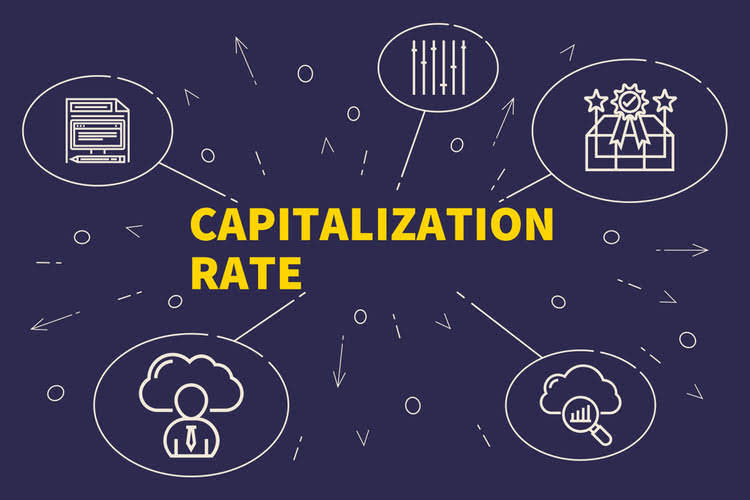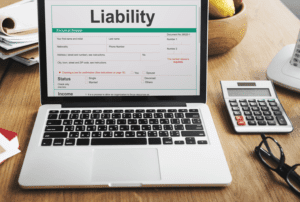In an company consignment arrangement, the consignee acts as an agent for the consignor, promoting the goods on their behalf. The consignee doesn’t take ownership of the goods at any point; instead, they earn a fee on the sales made. This kind of consignment is frequent in industries corresponding to art galleries, the place the gallery sells art work on behalf of the artist.
Due To This Fact, it’s not included within the consignee’s inventory stability until a sale occurs. The price of products sold for consigned stock is recorded as the consignee’s purchase worth plus any added prices, corresponding to transportation or storage fees. This quantity is deducted from the gross sales income to determine the gross profit earned on the sale. In a consignment association, the provider and the retailer should account for the inventory differently. Had all of the stock not been bought, then only a proportion of the inventory can be transferred and the stability would symbolize stock nonetheless held by the consignee.
The Way To Account For Prepaid Insurance? (definition, Classification, Journal Entries, And Example)
The consignee pays the import responsibility (200) and selling expenses (300) on behalf of the consignor. In financial statements, consigned stock is usually reported separately from owned stock. This allows for a transparent distinction between items owned and those held on behalf of one other get together. Visit our accounting glossary next to learn even more about consignment inventory. Explore the necessities of consignment sales accounting, including inventory management, revenue recognition, and reporting practices.
- This permits for a clear distinction between items owned and people held on behalf of one other get together.
- As A Result Of selling the consignment gadgets is in everyone’s finest interest, the two companies should cooperate.
- As mentioned, the consignee does not assume any accountability for the inventory.
- This also streamlines your Inventory, Purchase, Sales & Citation management processes in a hassle-free user-friendly manner.
- When a sale happens, the consignee information the income and the price of items bought, while the consignor recognizes the sale and removes the corresponding inventory from their steadiness sheet.
Overview Of The Consignment Stock Process
Accounting for consignment inventory involves particular rules as a end result of unique nature of possession and income recognition. Consignment stock must be precisely recorded to mirror the consignor’s ongoing ownership whereas also managing the relationship with the consignee. Consignment stock refers to an association where one get together, the consignor, offers items to another consigned inventory accounting celebration, the consignee, to sell on their behalf.
Uae Corporate Tax Law: Key Provisions & Enterprise Implications
When the consignee sells the products, the consignor acknowledges income and removes sold objects from stock information. The consignor also accounts for bills related to consigned goods, corresponding to transport or storage prices, and the commission paid to the consignee. Unsold items on consignment usually return to the consignor after a predetermined period, as specified in the consignment agreement. The consignee incurs no cost for the return besides doubtlessly shipping expenses (depending on contract terms). Upon return, no special accounting is needed—the goods stay on the consignor’s books throughout. Some agreements include graduated fee rates or value reductions for slow-moving items earlier than return.
For additional insights, explore our sources on accounting and inventory software and inventory valuation methods to strengthen your stock accounting expertise. Effective consignment inventory management requires seamless knowledge circulate between physical operations and financial techniques. Implementing barcode scanning creates the muse for this automation, capturing stock actions without guide intervention. When implementing consignment inventory arrangements, robust contractual terms and strong inner controls are important safeguards towards potential financial and operational dangers. When implementing a weighted common stock method across these multiple channels, businesses can maintain constant costing despite varying acquisition dates and worth fluctuations.
Effective Inventory Administration Guide
Receipt Accounting and Value Accounting create accountingdistributions for the ahead and return cargo of goods. Optimize stock, streamline manufacturing workflows, and scale back errors with real-time information and cellular solutions, enhancing effectivity and boosting profitability. We’ve briefly touched on the advantages of this supply chain management fashion, but there’s plenty more to say. The NET earnings of $2,450 represents the profit made by the consignor on this inventory consignment. The debit entry is made to the personal account of the consignor and represents the owed by the consignor to the consignee. Equally, the size of time the consignee agrees to keep unconsumed items before returning them to the consignor should also be agreed upon.
Bar Cpa Apply Questions: Governmental Funds Statement Of Revenues, Expenditures And Changes In Fund Balances
On the other hand, when you fail to track the consigned items correctly, you could end up not paying your supplier on time, which might strain your relationship and have an effect on your credit terms. Try Unleashed for free today or guide a chat to find out how we can help your corporation make mild work of consignment inventory accounting and inventory management. Watch our inventory management software program demos to get a look at the features and functionalities we provide. When a consigned item https://accounting-services.net/ is offered, the consignee information the gross sales revenue and their earned fee.





